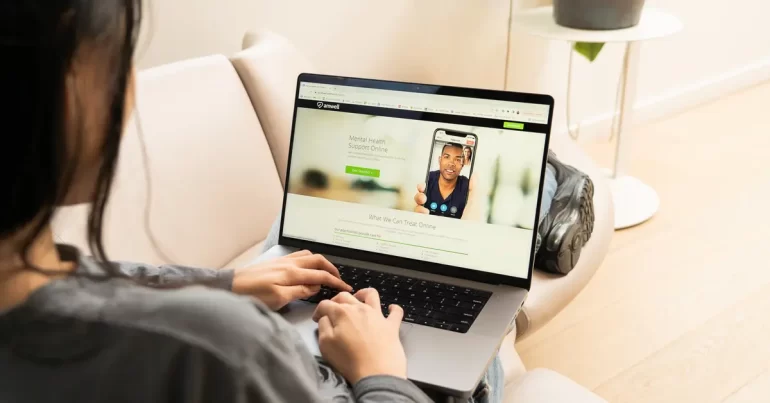How does the bizsafe level 1 help in motivational strategies?

The data also revealed most bizSAFE assessment is to evaluate had superior WSH process and procedures in existence, including motivational strategies to acknowledge effective WSH practices and focuses on employee feedback. Almost two-thirds of them said they would charge more now to work with bizSAFE Ventures. As per the research, bizsafe level 1 accreditation increased commercial prospects and generated trust amongst organizations that thought they could control WSH threats.
Gaining
This same WSH Commission created bizSAFE to help Entrepreneurship (SMEs) improve their employee safety capacities. It lays out a step-by-step process for SMEs to go forward, from top-level management proving their willingness to WSH through gaining corporate governance (RM) plus WSH administration functionality. Participants SMEs received attention and experienced the value of implementing a thorough Internal audit system as a result of the work.

Strategy
bizSAFE takes an upper edge strategy, with top executives attending a half-day session before beginning the bizSAFE adventure. And according to WSH Institution’s 2013 bizSAFE impression industrial inspection, bizSAFE Enterprises’ top management displayed higher participation and dedication to WSH through participating in WSH seminars, reviewing businesses’ WSH achievement, and establishing WSH objectives. This indicated that addressing chief executives first from the start of such bizsafe level 1 designation helped drive change inside the organization.
The industry’s strategy would’ve been established and evaluated if it reached bizSAFE Stage 3. According to the poll, greater bizSAFE Businesses were knowledgeable of occupational workplace hazards and included their staff in the contingency plan.
Service
bizSAFE would be a five-step service that helps small and medium-sized businesses enhance their WSH capability and accomplish significant gains in occupational safety. bizSAFE seems to be a widely renowned capability-building initiative that assists businesses in improving construction site safety. This bizSAFE system has five dimensions, commencing with Grade 1 to ensure senior skills that are relevant to emphasizing and implementing WSH as a major business strategy. It acknowledges that now the relevance of Workplace safety and health would’ve been neglected if top leadership did not push and committed to that though.
Dedication
Like a symbol of strong dedication to protection, members of something like the bizSAFE network can prominently proclaim their bizSAFE symbol on existing company materials (trademarked logos, name labels, etc.). bizSAFE businesses can also take full advantage of new business benefits and protections provided by program partners. Bystanders can check the industry’s bizSAFE status using WSH Commission’s self-help service as a precaution.
There seem to be five distinct degrees to attain throughout this program. To begin, your company’s senior leadership must remain dedicated to WSH. Training must continue till a strong Performance accountability network is established.














